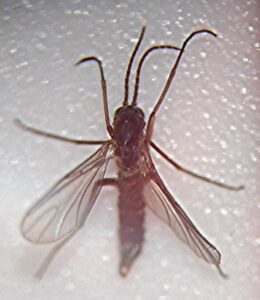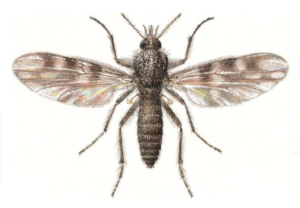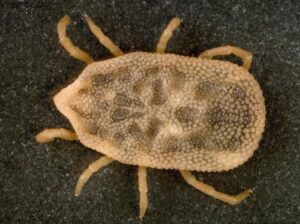Acrobat Ant
General Description
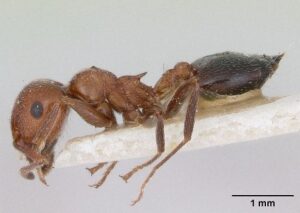 |
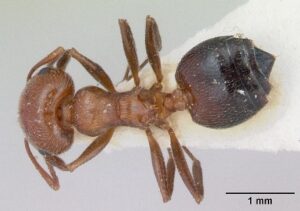 |
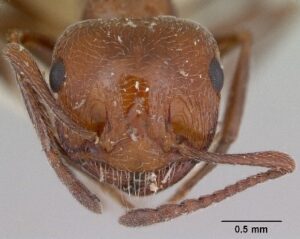 |
Credit: April Nobile, www.antweb.org
- Six species of Crematogaster were identified in the UAE.
- Acrobat ants are a small species of ant. Workers are 5 to 3 mm long and have two segmented pedicle, the abdomen is flattened dorsally and convex ventrally.
- They vary in color from yellowish-brown, brown, to red and black, and some can even be multi-colored.
Life Cycle and Common Characteristics
- Acrobat ant colonies produce winged females and males called reproductive.
- The reproductive ants swarm from the colony in the fall to mate.
- The female flies away after mating and picks a new location to create a nest in.
- The female then removes her own wings, lay her eggs, and becomes the new queen of a new acrobat ant colony.
- Acrobat ants are the most dominant arboreal ant species. Their name is derived from the acrobatic pose of the workers when they are alarmed, with the abdomen raised and arch above the head and thorax.
- They nest in soil or rotting wood. They also nest in trees in the backyard or in decayed wood around the home. Nests may occur in the ground beneath objects
- Indoor, they infest damp or rotting wood often around windows and drain spouts. They are also found in damp foam boards or insulation.
- These ants are in a variety of sites, usually in dead wood, including branches and stems of the trees and other plants, rotten logs, tree holes, and stumps.
Damage and Economic & Medical Implications
- Acrobat ants are not a damaging species of ant, but they are nuisance insects for homeowners.
- Workers are aggressive and emit a repulsive odor when disturbed.
- These ants do minimal damage to
- Their presence indicates the presence of wet and/or decaying
- They contaminate the food inside homes.
- Acrobat ants can sting if their nests are threatened.


